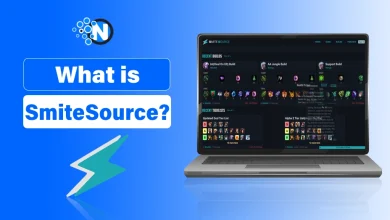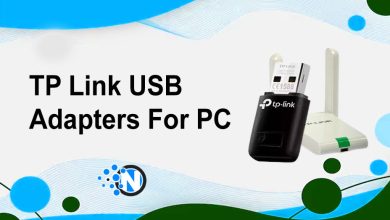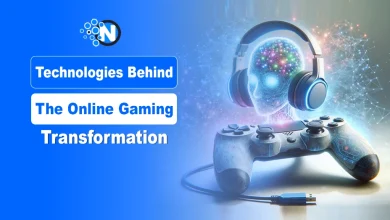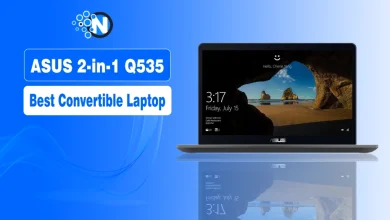NFT’s 101: A Guide
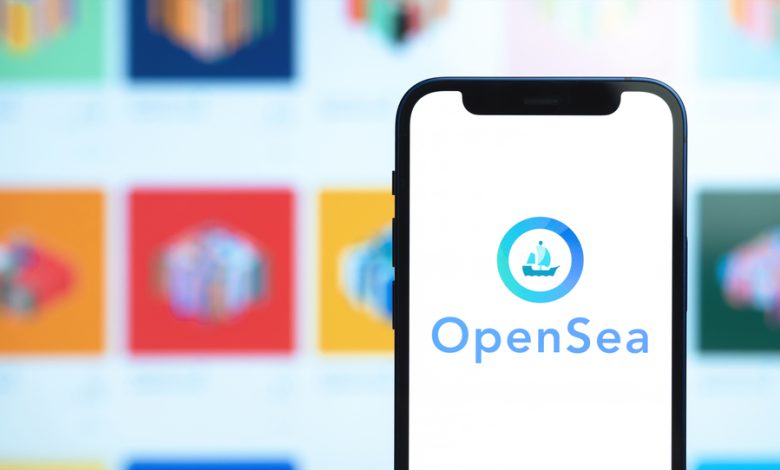
It is highly probable that you have already, in some capacity, encountered or at least heard of NFTs. The rise of NFTs has captured colossal and well-deserved attention globally, and more and more people are turning to relevant market research and rising serious investments.
You might be considering it too or you might be curious about what kind of possibilities are out there. If you think this might be for you, allow us to take you from scratch, and let’s dive into some serious reading on all things you need to know to fully understand and hop on the NFT train. And no, it is not too late to grab your very own ticket for the NFT train. If anything, it’s quite the contrary.
What exactly are NFTs and where do they come from?
To put it simply, non-fungible tokens (NFTs) are a new and rising kind of digital asset. Their significance is rooted precisely in the fact that they are non-fungible and the fact that they come with clear associated ownership. Before we hop onto marketplaces like digitaleyes, it is important to understand how they even come to be. Let’s get onto it and see why there is so much hype about them in this one-stop-shop info read.
NFTs are created, or to be more precise with regards to accompanying terminology, “minted” on the blockchain, where they are stored, live, and exist. This means that they are fully digital assets clearly associated with ownership. The ownership comes in as a particularly important element, given that it can often be quite challenging to establish and protect ownership rights over something in the vast and ever-growing digital world.
Each NFT is unique and comes with different values, unlike the already highly popularized digital assets. As such, they are “minted” using a computer code that is, you guessed it, stored on a blockchain and that comes with identifying information found in the so-called “smart contract”. This is precisely the information that makes every NFT a unique token, which is why it is not possible to replace them directly with another NFT, nor are they divisible.
Purchase, of course, comes with a “token”. Even if you would, for example, send someone a non-fungible token that you own and get one of the same kind sent back to you, those two tokens would be completely different as they hold individual attributes and varying values. Why? Because of the unique information stored in the “smart contract” that is remembered on the blockchain that is related to your token.
Are there different types or categories of NFTs?
Let’s say that anything could become an NFT. That statement would not be as big of a reach as you might consider at first glance. With that being said, there is no such thing as one type or category of NFTs. If anything, there are so many. So, what are they and what are they most often used for? Well, if you’ve read anything on NFTs by now, you will have known that popular use of NFTs is in the art industry, and this is, by far, the most popular and most expensive NFT form right now. Random fact – NFTs originated as a means for artists to sell their works online.
Other popular usages include non-fungible tokens in the spheres of video games and related items, music, various collectible items, sports, domain names, digital real estate, digital fashion, utility NFTs, and even memes. Yes, no mistake, you read that correctly – even memes (and to be quite frank, they go for high amounts). And so many people across the planet have already financially benefited greatly from this which brings us to our next step – buying NFTs.
Where do you even buy NFTs and how do you do it?
Now that we have established what NFTs are and what it is that makes them so valuable, individual, and special, let’s discuss how to get one (or however many you want). Non-fungible tokens are found, bought, and sold on NFT marketplaces. An example of that for you to check out would be the well-trusted digitaleyes marketplace. These marketplaces are specially designated spaces for NFT movement and the place to be if you too want to become part of the growing NFT community.
But, to get yourself one, let’s take it back to the first step. So, how do you get started? First of all, what you want and need is a digital wallet. This means getting familiar with the next step – getting yourself cryptocurrency. It is important to note that one of the most accepted cryptocurrencies for non-fungible tokens as of now is Ethereum, bearing in mind that most of the NFTs in circulation are ETH-based.
Once you have your digital wallet and currency set up, you make an account and head on over to an NFT marketplace. Once you are up and running on the NFT market, create an account and connect your digital wallet to it (no worries, this in itself is not a huge process). What you want to do next is browse for your starter picks and options on the market and start buying yourself NFTs. Keep in mind that these transactions are often followed by a “gas fee”, or a transaction fee.
Upon doing your research on what looks less or more promising, go ahead and get yourself started on purchasing. And that is it – once a purchase has been made you have officially joined the boom of non-fungible tokens, often called the future of transactions globally. Remember, as new as they are, predictions are that NFTs will be used to tokenize any asset in the real world, having it connected digitally to a non-fungible token. No further worries about ownership. Great possible turn of events, isn’t it?

